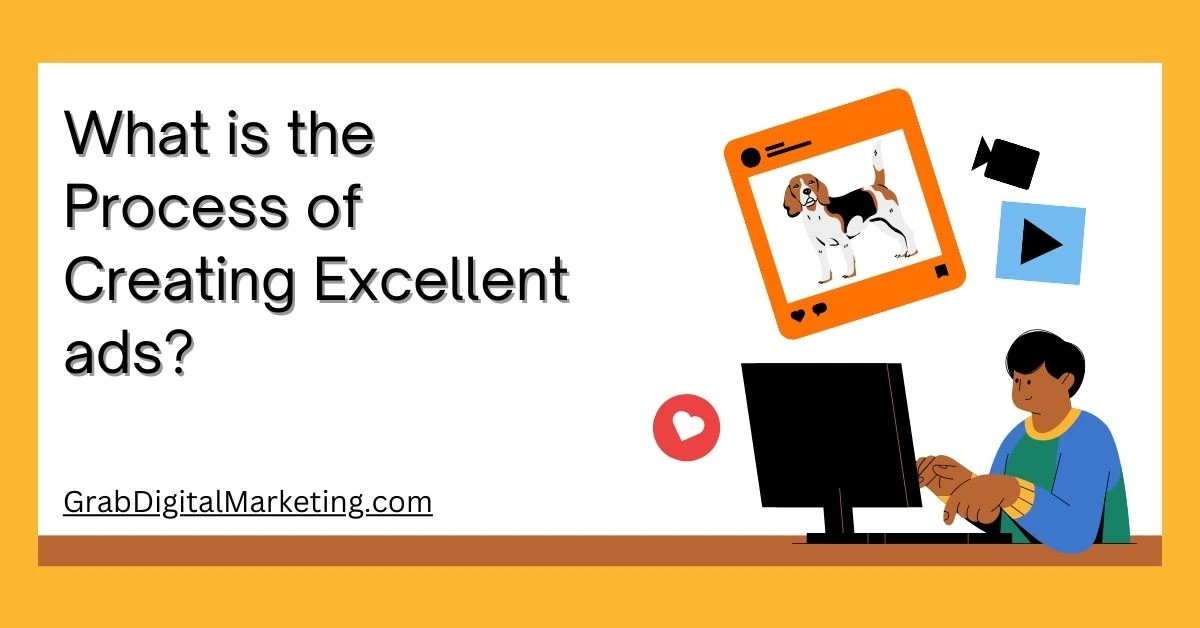What is the Process of Creating Excellent ads?
While ad extensions can significantly improve your ad performance, they also present a few challenges and considerations to keep in mind. For one, not all extensions will always appear—Google decides when and where they appear based on factors such as ad rank, relevance, and available space. This means you can’t fully control how your ad appears every time. Also, managing multiple extensions across different campaigns can get time-consuming, especially if you have a large account. It’s important to keep your extensions updated, because outdated info like old prices or expired promotions can hurt your credibility. Lastly, adding too many extensions without a clear strategy can overwhelm users rather than help them. So while extensions offer valuable benefits, using them effectively requires regular attention, testing, and thoughtful planning.
Table of Contents
Crafting excellent advertisements is a detailed, multifaceted process requiring a blend of creativity, psychology, research, strategy, and design. Here’s an overview of the key steps involved:
1. Understand the Objective
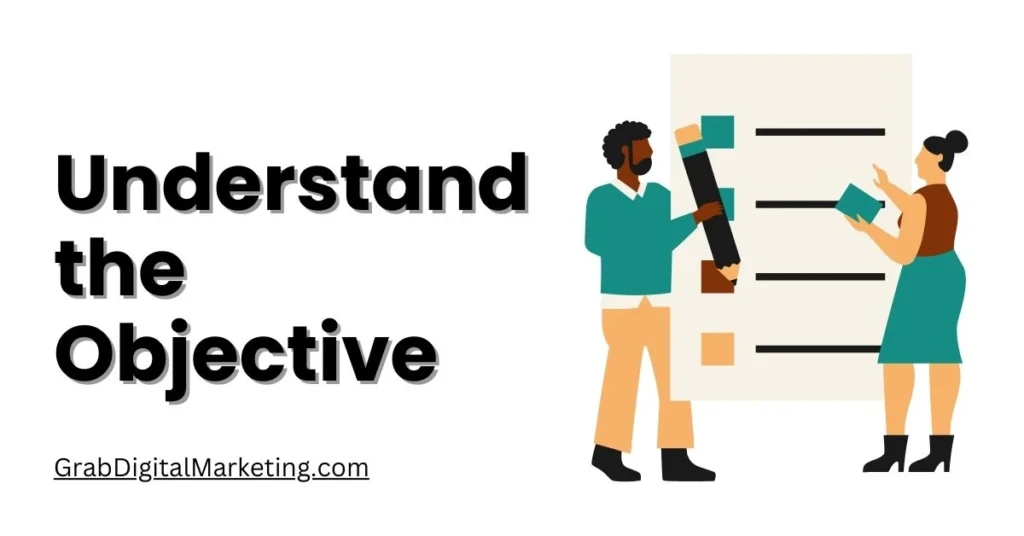
Before you create a Google AdSense campaign, it’s important to be clear about your main objective. Think about what you want to achieve with your ads—are you trying to get more people to visit your website, increase sales, collect leads, or simply build awareness for your brand? A clear goal helps you stay focused and make better decisions throughout your campaign. When your objective is well defined, you can choose the right ad formats and settings, target your audience effectively, and easily measure whether your ads are truly working for your business.
2. Know Your Audience

To make your Google AdSense ads work well, you need to really know your audience. Find out who they are—like their age, location, and interests—and what problems they want to solve. Use tools like surveys, website analytics, and social media to learn what your visitors like and how they behave online. When you understand your audience, you can design ads that match their needs and style, making your content more appealing. This leads to more clicks and better results for your website. The more you listen to feedback and keep up with what your audience wants, the stronger your connection with them will be, helping you grow your site and your earnings with AdSense.
3. Competitive Analysis
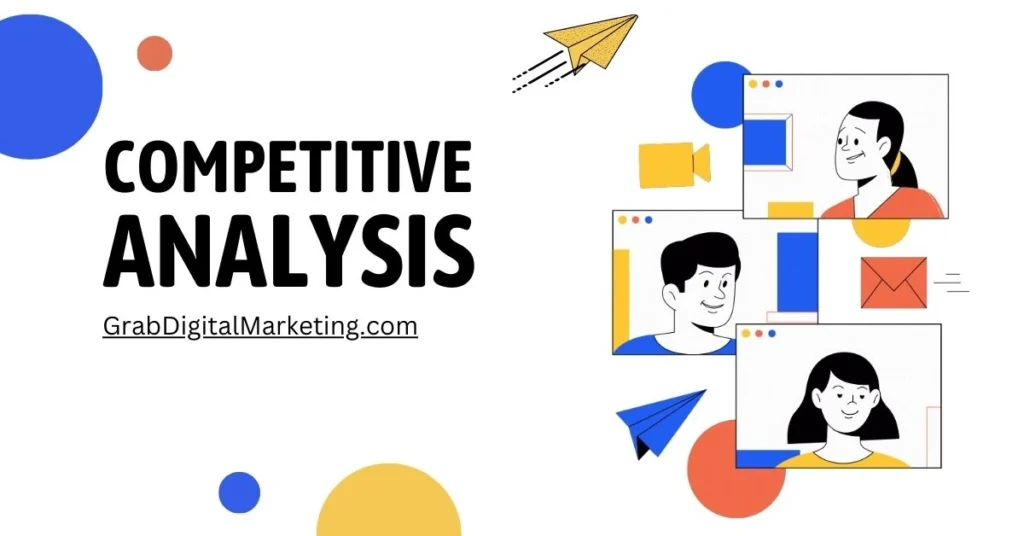
When you run ads with Google AdSense, it’s smart to check what other businesses in your field are doing. Competitive analysis means looking closely at your competitors’ ads—the words they use, the deals they offer, and which features help them get attention. You might notice they highlight special discounts or make it easy for people to contact them, which can help them get more clicks. By studying their ads, you can spot ways to improve yours, like adding special offers or making your contact info clear and easy to find. This helps your ads stand out and brings more visitors to your site.
4. Craft a Compelling Message
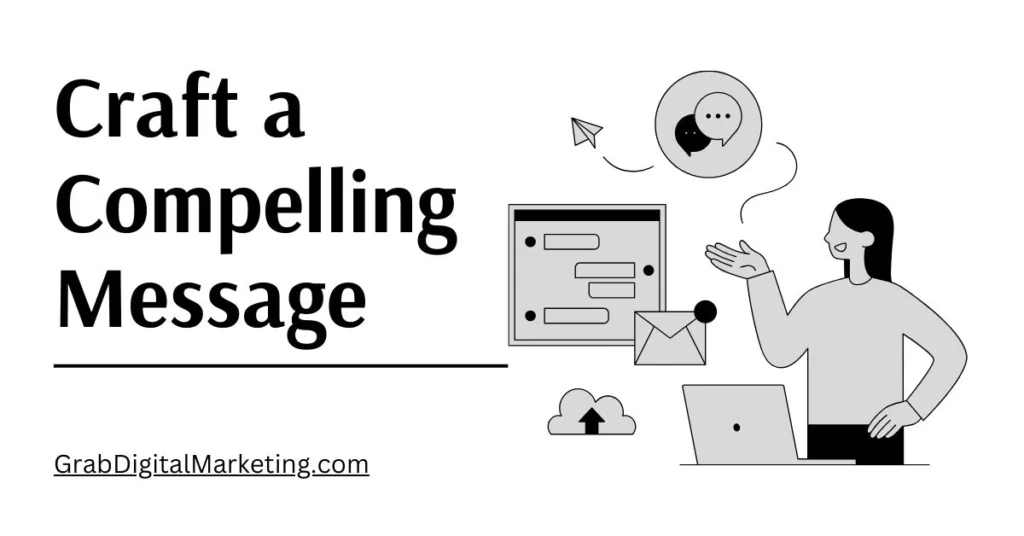
When you create an ad for Google AdSense, make sure your message speaks directly to your visitors’ needs. Don’t just list what you offer—explain how your product or service can make their life better or solve a problem. Use clear, simple words that grab attention and highlight what makes you unique, like quick delivery, friendly support, or a special feature. Tell people exactly what you want them to do next with a call-to-action such as “Buy Now” or “Learn More.” A good ad message is honest, easy to understand, and shows the real benefits for your audience.
5. Choose the Right Channels

Different channels have unique strengths and reach. Understanding where the target audience spends their time is crucial in selecting the right Platforms. Channels can include:
- Social Media: Platforms like Facebook, Instagram, Twitter, and LinkedIn offer targeted advertising options.
- Search Engines: Google Ads and Bing Ads can capture consumers actively searching for related products.
- Email Marketing: Direct and Personalized, email campaigns can nurture leads and drive conversions.
- Traditional Media: TV, radio, print, and outdoor ads can still be very effective depending on the audience.
6. Develop Creative Elements

This stage involves bringing the ad concept to life through visuals, copy, and design:
- Visuals: High-quality images, videos, graphics, and animations. Consistent branding elements, like logos and color schemes, should be used to reinforce brand identity.
- Copy: Persuasive and engaging text that conveys the message. Headlines should grab attention, while body copy should elaborate on the value proposition.
- Design: A clean, attractive layout that guides the viewer’s eye and emphasizes the key message. Good design enhances readability and aesthetic appeal.
7. Plan and Execute

Execution is where the strategy comes into play:
- Media Planning: Determining the timing, frequency, and placement of ads across chosen channels.
- Budgeting: Allocating resources effectively to maximize ROI. This includes costs for production, media buying, and any additional services.
- Scheduling: Developing a timeline for the entire campaign, including key milestones and deadlines.
8. Test and Optimize
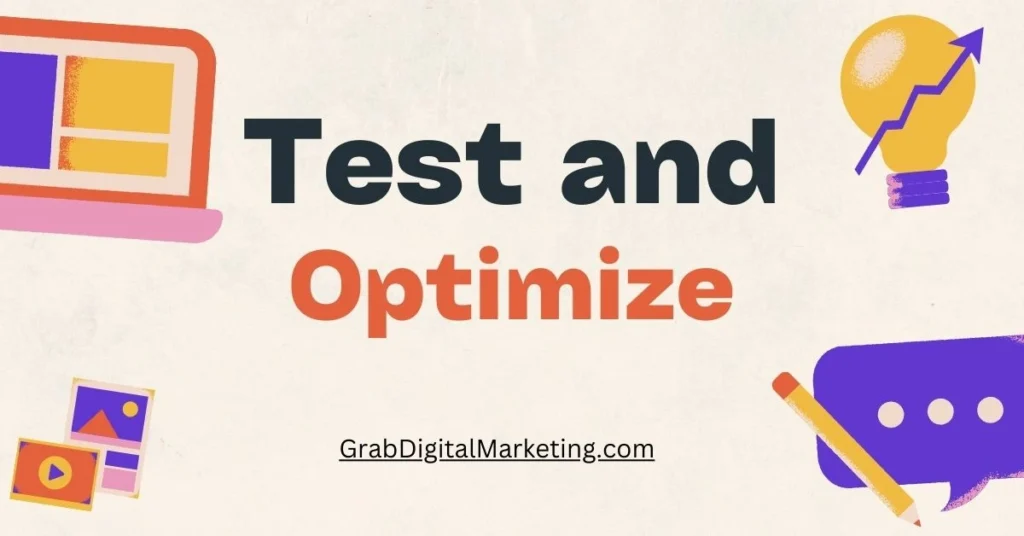
After your Google AdSense ad is live, your job isn’t done. Testing and optimizing means regularly checking how your ads are doing and making improvements. Think of it like tuning a car; there’s always room to make it run better. You can try different versions of your ad by changing the headline, description, images, or special features to find out which one gets more clicks or sales. This is called A/B testing. For example, one ad might say “Buy Now,” while another says “Shop the Sale.” Testing helps you see which message your audience likes best so you can get better results.
9. Measure Performance

Analyzing the success of an ad campaign involves tracking key performance indicators (KPIs) such as:
- Reach and Impressions: How many people saw the ad?
- Engagement: Likes, shares, comments, and clicks.
- Conversions: Actions taken, like purchases, sign-ups, or downloads.
- Return on Investment (ROI): Revenue generated versus the cost of the ad campaign.
- Brand Awareness: Changes in brand recognition and perception.
10. Iterate and Improve

After your Google AdSense ad is live, your job isn’t done. Testing and optimizing means regularly checking how your ads are doing and making improvements. Think of it like tuning a car; there’s always room to make it run better. You can try different versions of your ad by changing the headline, description, images, or special features to find out which one gets more clicks or sales. This is called A/B testing. For example, one ad might say “Buy Now,” while another says “Shop the Sale.” Testing helps you see which message your audience likes best so you can get better results.
Final Thoughts
The process of creating excellent ads is both an art and a science. It requires a deep understanding of human psychology, creativity to craft engaging content, and analytical skills to measure and optimize performance. By following these steps, advertisers can develop campaigns that resonate with their target audience, achieve their objectives, and stand out in a crowded marketplace.

